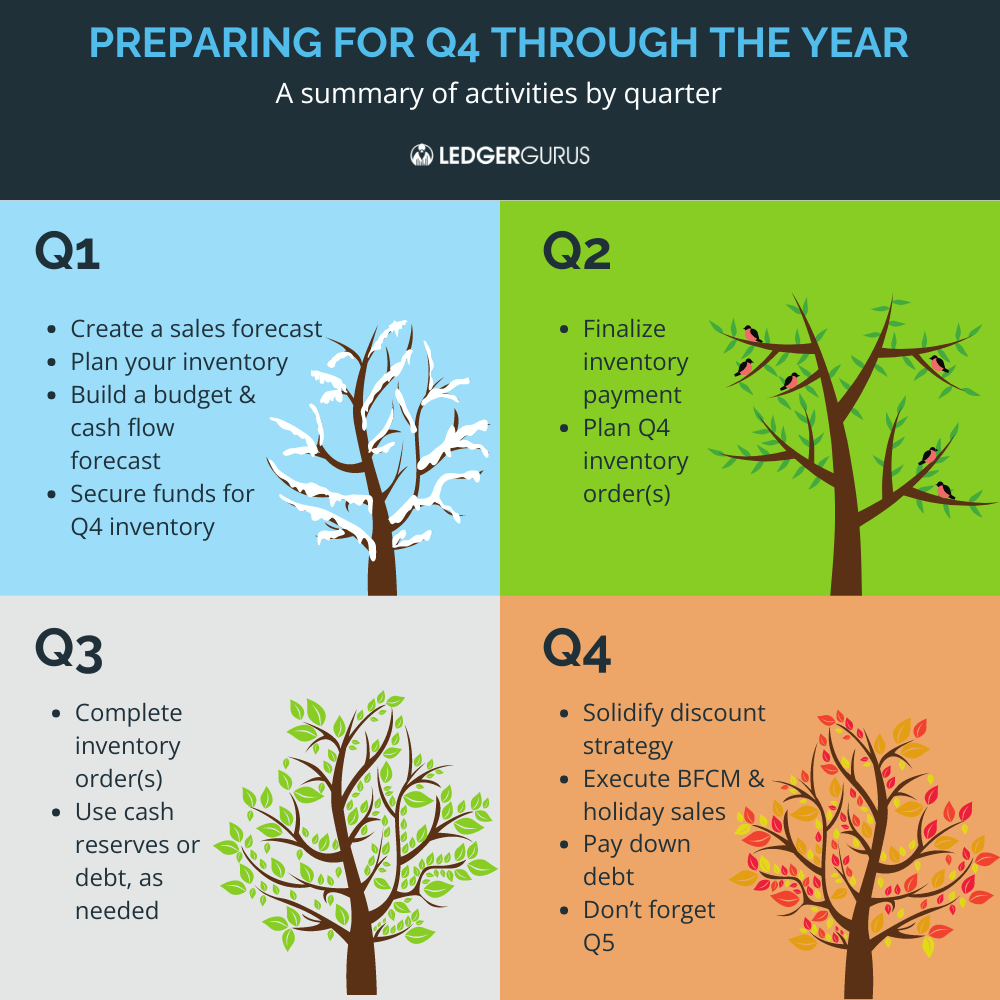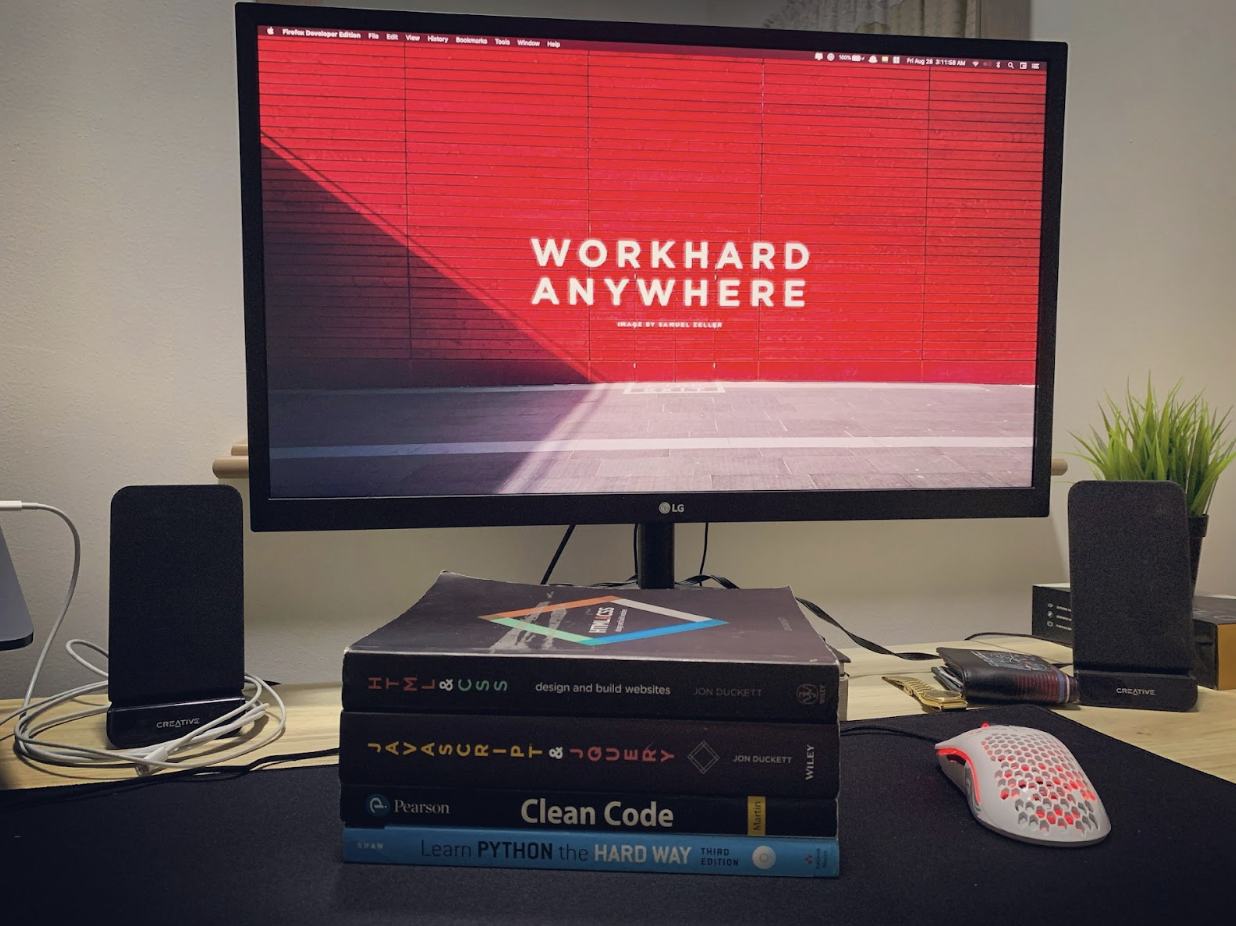 News
News
In the business world, Q4 refers to the fourth quarter of a company’s financial or calendar year. A quarter is one of four three-month segments that help businesses organize and report their performance. For companies that follow the standard calendar year from January to December, Q4 covers October 1 through December 31. This period is especially significant because it closes out the year’s financial results. Many organizations use it to measure progress against annual goals and prepare for upcoming budget adjustments.
However, not every business follows the same fiscal timeline. Some start their fiscal year in a different month, meaning their Q4 could fall at another point in the year. Retail companies, for example, often end their fiscal year after the holiday season to capture peak sales and finalize their yearly reports accurately. Q4 carries a strong sense of urgency as businesses rush to meet targets, close deals, and plan for the next year. It’s a period when every strategic decision counts, and managing resources efficiently becomes essential. For many companies, this makes it the perfect time to optimize operations, streamline workflows, and even hire software developers to cut costs and boost productivity before entering a new year. In this blog post, let’s have a detailed look at why companies should consider cost-effective developers hiring in Q4
The Q4 Hiring Strategy - Why Hire in the Year End?
Accelerate Deliverables Before Year-End:
When the fourth quarter arrives, projects that remain unfinished can easily carry over into the next year, leading to additional costs. Bringing in software developers during this period helps finalize those tasks, optimize features, and avoid the expense of extending timelines into Q1. By completing development now, you prevent inflated costs tied to new-year budgets, onboarding, and administrative resets. This strategy turns what would have been next year’s costs into this year’s investment, often at lower rates and with better budget control. It also helps your team maintain momentum instead of restarting projects after a long gap.
Leverage Contract Models and Avoid Long-Term Commitments:
Q4 is the ideal time to bring in developers through flexible contracts, whether hourly, project-based, or short-term. These engagement models allow you to pay only for measurable output rather than committing to full-time salaries, benefits, and long-term overhead. According to industry analysis, hiring dedicated developers under these models can reduce costs by up to 40% compared to building an in-house team. This approach keeps your spending lean while still advancing your development goals, giving you greater flexibility to scale your team up or down as your Q4 priorities shift.
Cut Overhead Costs: Infrastructure, Benefits, and Location
Hiring software developers isn’t just about paying salaries; in-house teams come with significant hidden expenses such as workspace rent, equipment, software licenses, utilities, and employee benefits. Remote or outsourced developers eliminate or minimize many of these costs. Studies show that remote hiring can drastically reduce infrastructure and operational expenses while maintaining efficiency. During Q4, when budgets are under pressure, reducing these hidden costs can make a meaningful impact. You preserve capital while ensuring your development work continues uninterrupted.
Tap Global Talent to Optimize Rates:
Expanding your hiring reach beyond local markets can unlock major cost savings without sacrificing quality. For instance, in high-cost regions, hiring offshore developers can reduce development expenses by up to 60% while still maintaining strong technical standards. This global hiring approach becomes particularly useful in Q4 when you need to fill talent gaps quickly and efficiently. By working with skilled international teams, you optimize both cost and speed while staying aligned with business objectives.
Mitigate Risk of Delayed Projects and Opportunity Costs:
Delaying projects toward the end of the year can create hidden financial risks, including missed revenue opportunities, rework costs, and reduced market competitiveness. Hiring developers in Q4 helps prevent those setbacks. The faster time-to-market and increased productivity you gain often translate into higher returns. Studies have shown that team augmentation can deliver 40–60% better ROI than traditional in-house hiring due to faster deployment and reduced administrative burden. When you view Q4 as a time to optimize rather than simply close out the year, every development decision becomes a strategic investment that strengthens your start to the next fiscal cycle.
Use Q4 Budget Windows to Your Advantage:
Many companies have year-end budgets that must be used before the fiscal year closes. Hiring software developers during Q4 allows you to make the most of those remaining funds by turning unused budgets into valuable outcomes such as new features, product updates, or technical debt reduction. You also benefit from better negotiation opportunities, as many providers offer competitive rates and flexible terms to secure year-end projects. Instead of letting unused budgets expire, you can invest it in measurable results that carry momentum into the next year.
Practical Tips for Successful Q4 Nearshore Developer Hiring
Start Early to Beat the Rush.
The final quarter of the year is one of the busiest times for hiring, especially as companies push to complete ongoing projects or launch new initiatives before year-end. Waiting too long to start your hiring process can leave you competing with other businesses that are also trying to fill critical roles. By beginning your recruitment efforts in early October, you can secure access to top-tier nearshore talent before the market becomes saturated. This also gives you extra time for onboarding, training, and aligning your new developers with project goals. Starting early helps you maintain control over both your budget and project timelines.
Leverage Time Zone Alignment.
Nearshore developers are located in regions with similar or overlapping time zones, which is a major advantage over offshore hiring. This alignment allows for real-time communication, faster feedback loops, and more productive collaboration. Instead of waiting hours for responses or updates, your teams can engage in live discussions and problem-solving sessions throughout the workday. To make the most of this benefit, schedule consistent check-ins, use agile tools like Slack or Jira for quick task management, and build a communication rhythm that keeps everyone aligned and accountable.
Choose Flexible Engagement Models.
Q4 budgets can be unpredictable, especially when companies are balancing end-of-year expenses and planning for next year’s forecasts. Instead of locking into long-term contracts, explore flexible hiring models such as hourly, project-based, or dedicated-team arrangements. These options let you pay only for the exact output or timeframe you need. For example, if you only require extra developers to finalize a feature before the holidays, a short-term engagement will save you both time and money. This flexibility helps you stay cost-effective without sacrificing quality or progress.
Work With Partners Experienced in Q4 Delivery.
Not all development partners understand the fast-paced, high-pressure environment of Q4. Choosing a nearshore partner that has a proven record of handling year-end projects can make a major difference. These teams are used to tight deadlines, budget adjustments, and last-minute scope changes. They know how to onboard quickly, communicate clearly, and deliver results under time constraints. When reviewing potential partners, ask about their experience handling projects during the fourth quarter and request client references to confirm their reliability during this crucial period.
Hire Developers with Immediate Availability.
Every week in Q4 matters, so waiting for long onboarding or notice periods can delay your progress. When screening candidates or nearshore teams, prioritize those who are ready to start immediately. This will save you from losing momentum or missing critical deadlines. Developers with immediate availability can often begin contributing within days, helping you meet your objectives before the quarter ends. It’s also a good idea to keep a shortlist of pre-vetted developers or agencies ready to step in as soon as a project need arises.
Use Leftover Budget Strategically.
Many companies have leftover funds in their Q4 budgets that need to be allocated before the fiscal year closes. Instead of letting that money expire, invest it in meaningful development work. This could include optimizing your website’s performance, fixing long-standing bugs, updating user interfaces, or paying down technical debt. These smaller but essential improvements create a smoother foundation for the next year. Investing wisely in Q4 not only maximizes your current budget but also sets you up for a more efficient start in Q1.
Hire With Blue Coding
Q4 is a critical period, and at Blue Coding, we make every week count. We partner with companies to provide cost-effective, highly skilled software developers who can step in immediately, accelerate project delivery, and optimize your year-end budget. Our nearshore teams are not only aligned with your time zones for seamless collaboration but also experienced in managing the fast-paced demands of the fourth quarter. When you work with us, every development decision becomes a strategic investment in your next fiscal year. Ready to make the most of your Q4 resources? Contact us today and let’s discuss how we can help you hire the right developers at the right time. We offer free strategy calls to answer your questions quickly and efficiently!




